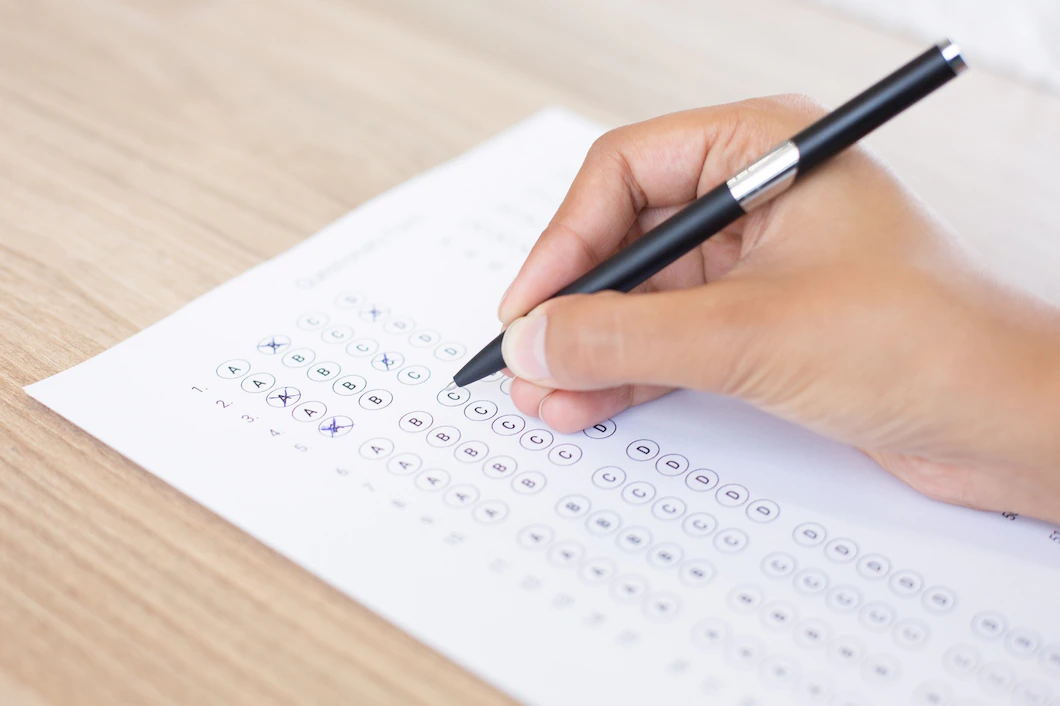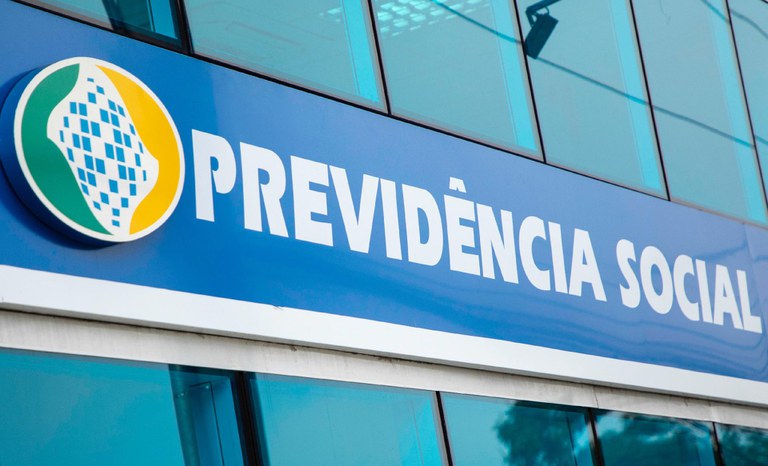imported>JoaoMiranda |
|||
| Linha 201: | Linha 201: | ||
== Referências == | == Referências == | ||
* [[George O. Curme]], ''[[A Grammar of the German Language]]'' (1904, 1922) - the most complete and authoritative work in English | * [[George O. Curme]], ''[[A Grammar of the German Language]]'' (1904, 1922) - the most complete and authoritative work in English | ||
[[Categoria:Línguas]] | [[Categoria:Línguas|Alemã]] | ||
Edição das 23h02min de 20 de agosto de 2004
af:Duits az:German_qrupu da:Tysk sprog de:Deutsche Sprache et:Saksa keel en:German language es:Idioma alemán eo:Germana lingvo fr:Allemand he:גרמנית ja:ドイツ語 ko:게르만어 la:Lingua Germanica moderna (theotisca) nl:Duits no:Tysk språk nds:Düütsch pl:Język niemiecki ro:Limba germană simple:German language sl:Nemščina sv:Germanska språk tokipona:toki Tosi zh-cn:德语 zh-tw:德語
| Alemão (Deutsch) | |
|---|---|
| Falado em: | Alemanha, Suíça, Áustria, e 38 outros países. |
| Região: | - |
| Total de falantes: | 128 Milhões |
| Posição: | 9º |
| Classificação genética: |
Indo-Europeu Germânico |
| Estatuto oficial | |
| Língua oficial de: | Alemanha, Liechtenstein, Áustria, Bélgica, Itália, Suíça, Luxemburgo, Namíbia |
| Regulada por: | - |
| Códigos de lingua | |
| ISO 639-1 | de |
| ISO 639-2(B) | ger |
| ISO 639-2(T) | deu |
| SIL | GER |
O alemão (Deutsch), membro do grupo ocidental das línguas germânicas, é uma das línguas principais do mundo. É falado principalmente na Alemanha, Áustria, Liechtenstein, na maior parte da Suíça, no Luxemburgo, na região italiana do Tirol Meridional, no voivodato polaco de Opole (Oppeln), nos cantões orientais da Bélgica, em partes da Roménia e na região francesa da Alsácia (Elsass). Adicionalmente, várias antigas possessões coloniais destes países, como a Namíbia, têm populações significativas de língua alemã, e existem minorias de língua alemã em vários países da Europa de Leste, incluindo a Rússia, a Hungria e a Eslovénia, e também na América do Norte. Os amish e alguns menonitas também falam um dialecto do alemão. Cerca de 120 milhões de pessoas, ou um quarto dos europeus, têm o alemão como língua mãe. O alemão é a terceira língua estrangeira mais popular no mundo e a segunda na Europa (depois do inglês), EUA e Ásia Oriental (Japão). É uma das línguas oficiais da União Europeia.
História
Os dialetos sujeitos à segunda mudança vogal (dúvida na tradução) alemã durante a idade medieval são considerados parte da língua alemã moderna.
Como consequência dos padrões de colonização, o Völkerwanderung (pronunciado: ['fœlk6vand@rUN]), as rotas de comércio e
and communication (chiefly the rivers), and of physical isolation (high mountains and deep forests) very different regional dialects developed. These dialects, sometimes mutually unintelligible, were used across the Holy Roman Empire. As Germany was divided into many different states, there was no force working for a unification or standardization of German until Martin Luther translated the Bible (the New Testament in 1521 and the Old Testament in 1534).
The regional variety (dialect) into which Martin Luther translated the Bible is now regarded as the model upon which Standard German is built. Media and written works are almost all produced in this variety of High German (usually called Standard German in English or Hochdeutsch in German), which is understood in all areas of German languages (except by pre-school children in areas which speak only dialect - but in the age of TV even they usually learn to understand Standard German before school age).
The first dictionary of the Brothers Grimm, the 16 parts of which were issued between 1852 and 1960, remains the most comprehensive guide to the words of the German language. In 1860, grammatical and orthographical rules first appeared in the Duden Handbook. In 1901, this was declared the standard definition of the German language in these matters. Official revisions of some of these rules were not issued until 1998.
Classificação
O Alemão é um membro do ramo ocidental da subfamilia das línguas germânicas, que faz parte da família das Línguas indo-européias.
Língua Oficial
O alemão é a única língua oficial na Alemanha, Liechtenstein e Áustria, compartilha do status oficial na Bélgica (com francês e holandês), Itália (com italiano, francês e esloveno), Suiça (com francês, italiano e Romeno), e Luxemburgo (com francês e luxemburguês). É uma das 11 línguas oficiais da União Europeia.
É também uma língua minoritária em Dinamarca, França, Rússia, Tajiquistão, Polónia, Roménia, Togo, Camarões, EUA, Namíbia, Paraguai, Hungria, República Checa, Eslováquia, Holanda, Eslovénia, Ucrânia, Croácia, Moldova, Austrália, Letónia, Estónia e Lituânia.
O Alemão já foi um dia a língua franca da Europa central, ocidental e norte. Uma influência crescente da língua inglesa o tem afetado recentemente. Entretanto, o Alemão permanece como uma das mais populares línguas estrangeiras ensinadas pelo mundo, e é mais popular que francês como língua estrangeira na Europa. 38% de todos os cidadãos europeus dizem que podem conversar em Alemão. O Alemão também é a língua mais comumente usada na Internet depois do Inglês. (EPA!! eu trauzi isso mas nÃo concordo de jeito nenhum, o Espanhol não está na frente? Ou eu sou analfabeto e entendi tudo errado?)
Dialetos
The term "German" is used for several dialects of Germany and surrounding countries and in North America.
The dialects of Germany are typically divided into Low German and High German. The Low German dialects, or Low Saxon as they are sometimes known more precisely, are more closely related to Lower Franconian languages like Dutch than to the High German dialects, and from a linguist's perspective are not part of the German language proper. The High German dialects spoken by Germanic communities in the former Soviet union and Ashkenazi Jews have several unique features, and are usually considered the separate language Yiddish. There are also distinctive dialects of German which are or were primarily spoken in North America, including Pennsylvania German, Texas German, and Hutterite German.
The modern dialects of German proper are divided into Middle German and Upper German; Standard German is a Middle German dialect, while Austrian and Swiss German are Upper German. A moderately complete listing of these dialects may be found at High German.
Gramática
ver artigo: gramática alemã
Sistema de Escrita
O Alemão é escrito utilizando o alfabeto latino. Além das 26 letras padrão, possui três vogais com Umlaut, bem como um símbolo especial para "ss": ß.
Ortografia
Artigo principal: German pronunciation.
Exemplos
Ver também
Nomes da língua alemã em outras línguas
- cs: němčina
- da: tysk
- el: Γερμανικός
- eo: germana lingvo
- es: alemán
- fr: allemand
- ga: géarmáinís
- he: גרמנית (germanit)
- it: tedesco
- ja: ドイツ語 (doitsu-go)
- kr: 德語 (tog-ŏ) (?)
- nl: Duits
- no: tysk
- pl: język niemiecki, niemczyzna
- pt: alemão
- ro: germană
- ru: неме́цкий язы́к
- sl: nemščina
- sv: tyska
- tr: Alman
- zh: 德语 (de2 yu3)
Links Externos (Inglês)
- Online Dictionary
- Another English-German Dictionary
- Ethnologue report for German
- Free online resources for learners
- Verein Deutsche Sprache
- A beginning German Language Textbook under development at Wikibooks
- German Wikipedia
- Sprachatlas des Deutschen Reichs
- German - English Dictionary: from Webster's Rosetta Edition.
Referências
- George O. Curme, A Grammar of the German Language (1904, 1922) - the most complete and authoritative work in English




 " class="attachment-atbs-s-4_3 size-atbs-s-4_3 wp-post-image" alt="O que estudar para o enem 2023">
" class="attachment-atbs-s-4_3 size-atbs-s-4_3 wp-post-image" alt="O que estudar para o enem 2023"> " class="attachment-atbs-s-4_3 size-atbs-s-4_3 wp-post-image" alt="Qual melhor curso para fazer em 2023">
" class="attachment-atbs-s-4_3 size-atbs-s-4_3 wp-post-image" alt="Qual melhor curso para fazer em 2023"> " class="attachment-atbs-s-4_3 size-atbs-s-4_3 wp-post-image" alt="Enem: Conteúdos E Aulas On-Line São Opção Para Os Estudantes">
" class="attachment-atbs-s-4_3 size-atbs-s-4_3 wp-post-image" alt="Enem: Conteúdos E Aulas On-Line São Opção Para Os Estudantes"> " class="attachment-atbs-s-4_3 size-atbs-s-4_3 wp-post-image" alt="Como Fazer Uma Carta De Apresentação">
" class="attachment-atbs-s-4_3 size-atbs-s-4_3 wp-post-image" alt="Como Fazer Uma Carta De Apresentação"> " class="attachment-atbs-s-4_3 size-atbs-s-4_3 wp-post-image" alt="Como Escrever Uma Boa Redação">
" class="attachment-atbs-s-4_3 size-atbs-s-4_3 wp-post-image" alt="Como Escrever Uma Boa Redação"> " class="attachment-atbs-s-4_3 size-atbs-s-4_3 wp-post-image" alt="Concurso INSS edital 2022 publicado">
" class="attachment-atbs-s-4_3 size-atbs-s-4_3 wp-post-image" alt="Concurso INSS edital 2022 publicado">


